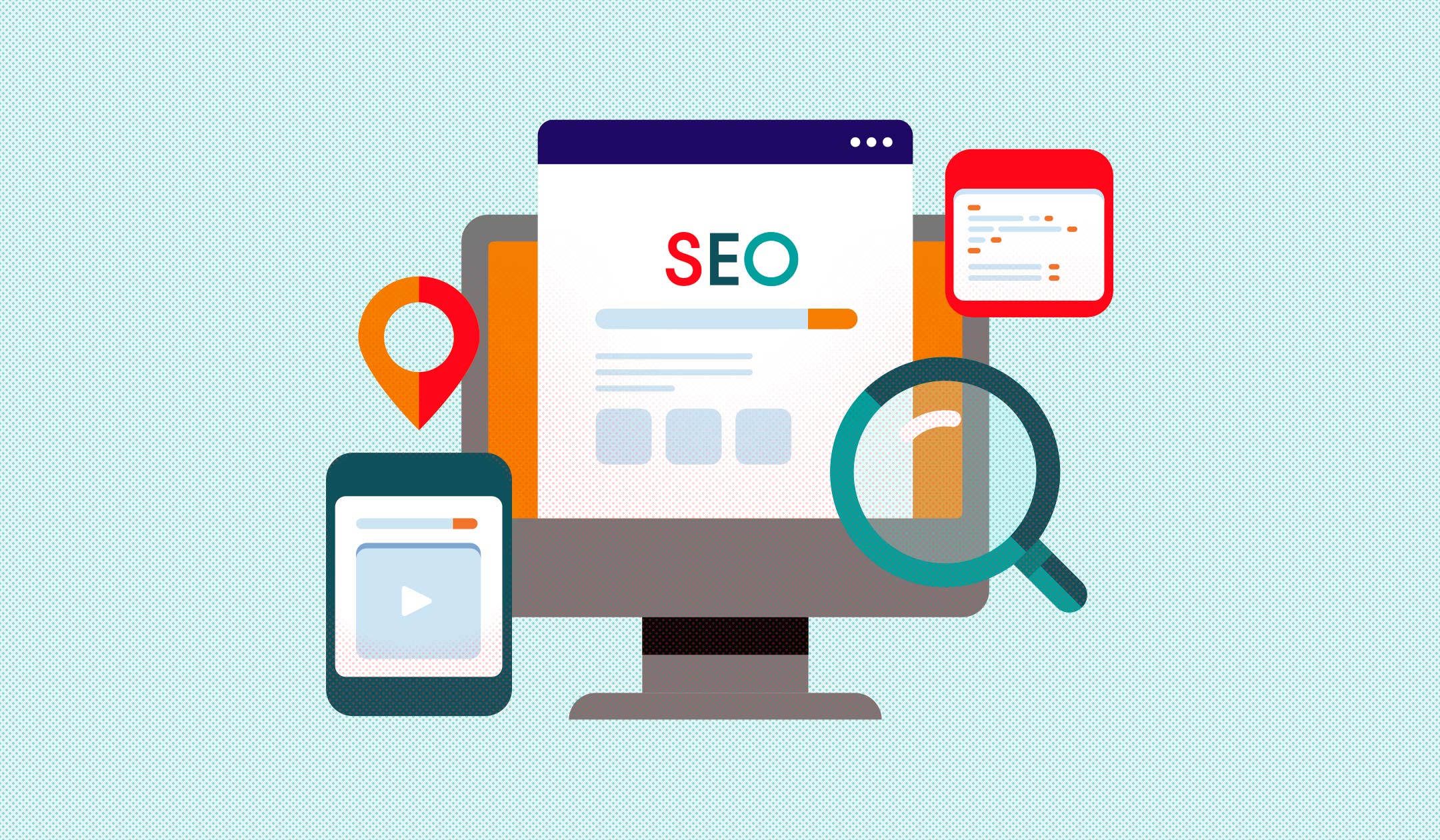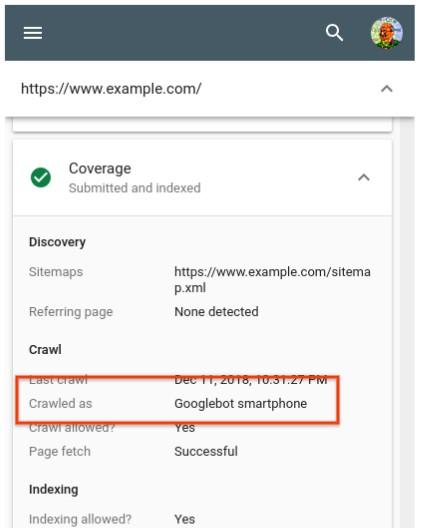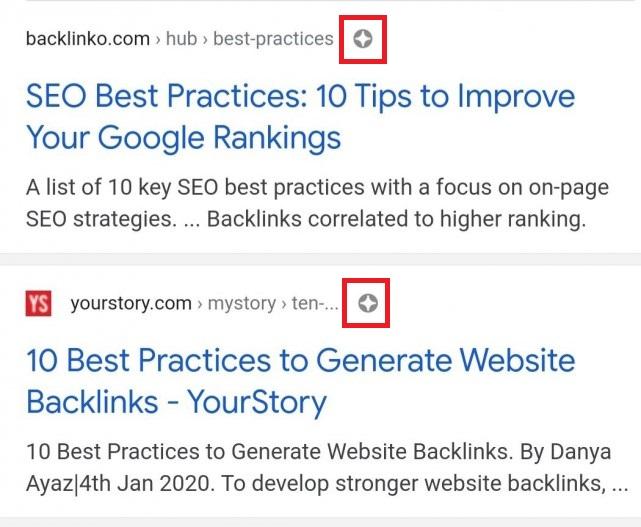4 core SEO trends to keep an eye on

Here at Tink, our digital analytics team likes to keep you posted on emerging SEO trends to help you map out the best strategy for updating your website or digital content.
---
For years now, SEO experts have been predicting an ever-increasing focus on mobile devices, user experience, and artificial intelligence. The year 2021 will be no exception—these core SEO trends have shown they’re here to stay. There is one new development, however: the possibility of taking a more fragmented approach to SEO.
1. Mobile-first SEO
In March 2018, Google announced the launch of its mobile-first indexing project. With mobile-first indexing, the mobile version rather than the desktop version of web pages is used for indexing.
This change was motivated by the fact that people are increasingly using mobile devices—primarily cellphones, but also tablets—to look things up online. To improve the mobile user experience, Google decided it was time to prioritize mobile-friendly search results. Between the end of 2018 and the beginning of 2019, most websites in Quebec actually saw search traffic from mobile devices exceed desktop traffic. The switch to mobile-first indexing should therefore come as no surprise. It forced webmasters to adapt their websites to mobile devices if they hadn’t already done so.
Since July 2019, all new websites that Google crawls go automatically to mobile-first indexing. In March 2020, Google definitively moved all websites over to mobile-first indexing.
Consequently, websites and pages that are not mobile-friendly are simply ignored by Google. This can lead to a decrease in or even a loss of organic traffic from search results.

What SEO practices can you implement so your site is 100 percent mobile-friendly?
• Make sure your website is responsive. The layout should adjust to fit the user’s screen, but the content and, most importantly, URLs should remain the same. The last thing you want is for your mobile content to be on a subdomain such as m.yourwebsite.ca.
• Design your website around a mobile-first experience. This means developing the tree structure and layout for mobile devices first, but also testing your site with web crawler tools, such as Googlebot Smartphone.
• Watch out for any mobile usability issues identified in Google Search Console, such as content that’s wider than the screen, text that’s unreadable because it’s too small, or clickable elements that are too close together. Google even provides you with a mobile-friendly test tool: https://search.google.com/test/mobile-friendly.
2. Using page experience as an SEO ranking factor
The Google page experience update, originally set to launch in May 2021, has been pushed back to summer. It will gradually be rolling out between mid-June and the end of August. This project is designed to incorporate user experience indicators into the calculation of search rankings. While we’ve always understood the importance of optimizing the user experience, this is the first time it’s played a role in Google’s ranking algorithm.
The indicators include well-known factors: mobile ergonomics, HTTPS security, and the absence of intrusive interstitials. But three new indicators have been added to the list: Core Web Vitals.

These key page experience signals do more than indicate page load time. They centre on certain aspects of web performance:
• LCP (Largest Contentful Paint): the time it takes to fully load the largest content element. For a page to have a good LCP score, the longest text block or largest image on the first page displayed must take no longer than 2.5 seconds to load.
• FID (First Input Delay): the time it takes for a page to be ready for user interactivity (to start responding to things such as clicks). This needs to be under 100 milliseconds to pass the test.
• CLS (Cumulative Layout Shift): the measure of the visual stability of the page elements during loading. A maximum shift of 10 percent, or a CLS score of 0.1, is considered good.
We don’t expect these changes to have too much of an impact on ranking results. It’s clear that Google wants developers and web integrators to focus on achieving the best possible scores so that users have a smooth web experience.
A recent addition to Google Search Console is the “Page Experience” report. The report contains the metrics mentioned above, plus the percentage of pages on your site considered to have a good page experience.
Google will likely use the “*” symbol (see red box below) on its results pages to distinguish pages that meet all of the page experience signals. Specifics to be confirmed: tests are currently underway.

3. An increasingly important role for machine learning in the Google algorithm
With the RankBrain update five years ago, and more recently with BERT, Google’s algorithm is using machine learning and AI to gain a better understanding of search intentions and natural language.
At the Search On event livestreamed in October 2020, Google confirmed that its system functions entirely on deep learning algorithms, which means that the machines are constantly learning to adapt to context. They decide, in real time, what ranking factors to use and how they’re weighted. This is particularly useful for processing new queries that have never been searched before and for which relevant sources need to be found.
There’s no doubt Google is getting smarter at mapping the user search journey and evaluating the various possible results. But in no way does this detract from the job SEO professionals do. They still play an essential role in making websites fully compatible with the SEO criteria, whether technical or editorial. Researching strategic keywords, analyzing search engine results pages, and producing content adapted to search intentions must remain among the priorities of SEO.
4. Getting granular with our SEO
SEO has traditionally considered entire pages of a website as potential entry points, optimized for a specific keyword or group of keywords. Google Passage Ranking is about to turn that notion on its head.
Evaluating the content of a page as a whole does not always lead to the most relevant results for a query. However, portions of that page might provide the answer you’re looking for. Google now has the ability to rank these passages, which will appear similar to the standard blue links. The same page can therefore potentially be ranked for several types of requests, depending on the passages it contains.
This change was announced last October and came into effect in the United States in February 2021. It will gradually be rolled out internationally, in all language markets, and could affect about 7 percent of queries.
These updates don’t change SEO best practices, but they do provide all the more incentive to propose longer, more detailed content, which Google can now thoroughly analyze to extract particular passages.
Do you have questions or projects related to these topics, to SEO, or to digital in general? Contact us!
